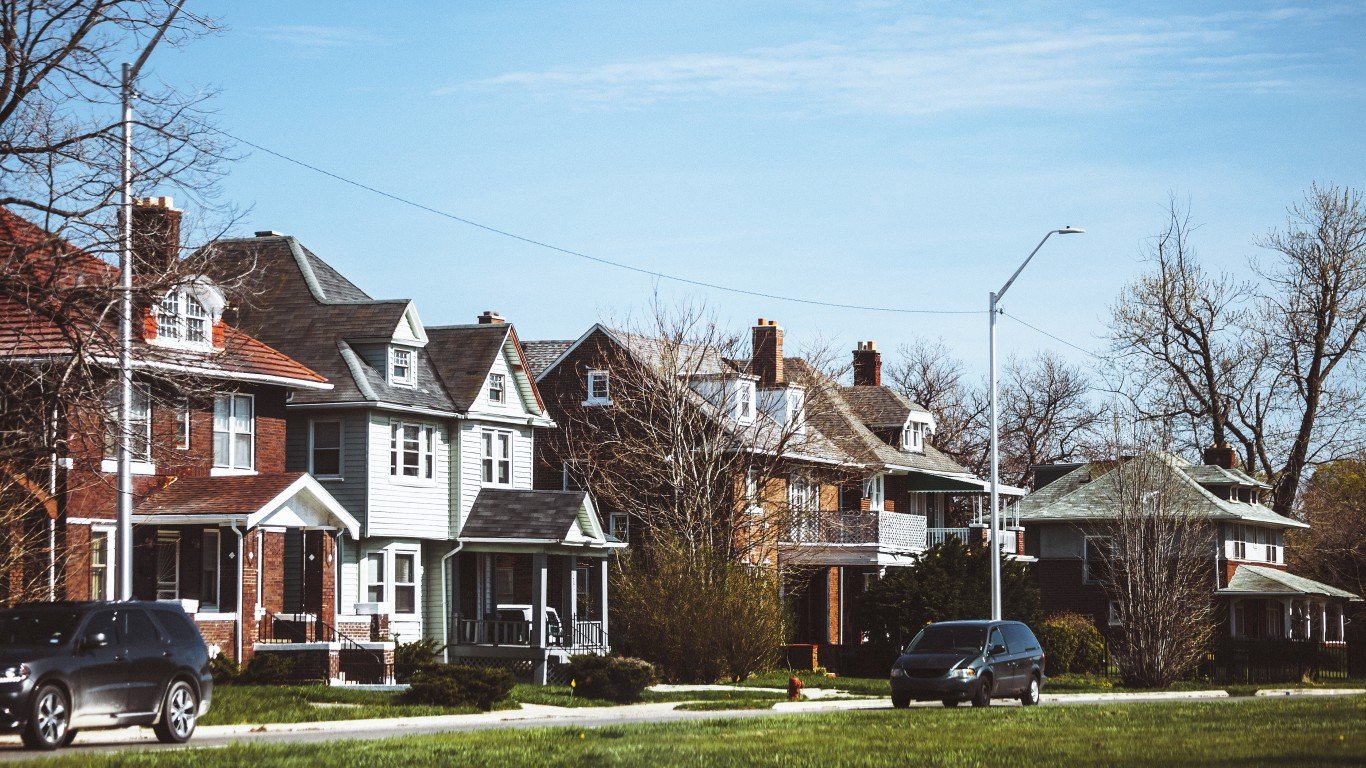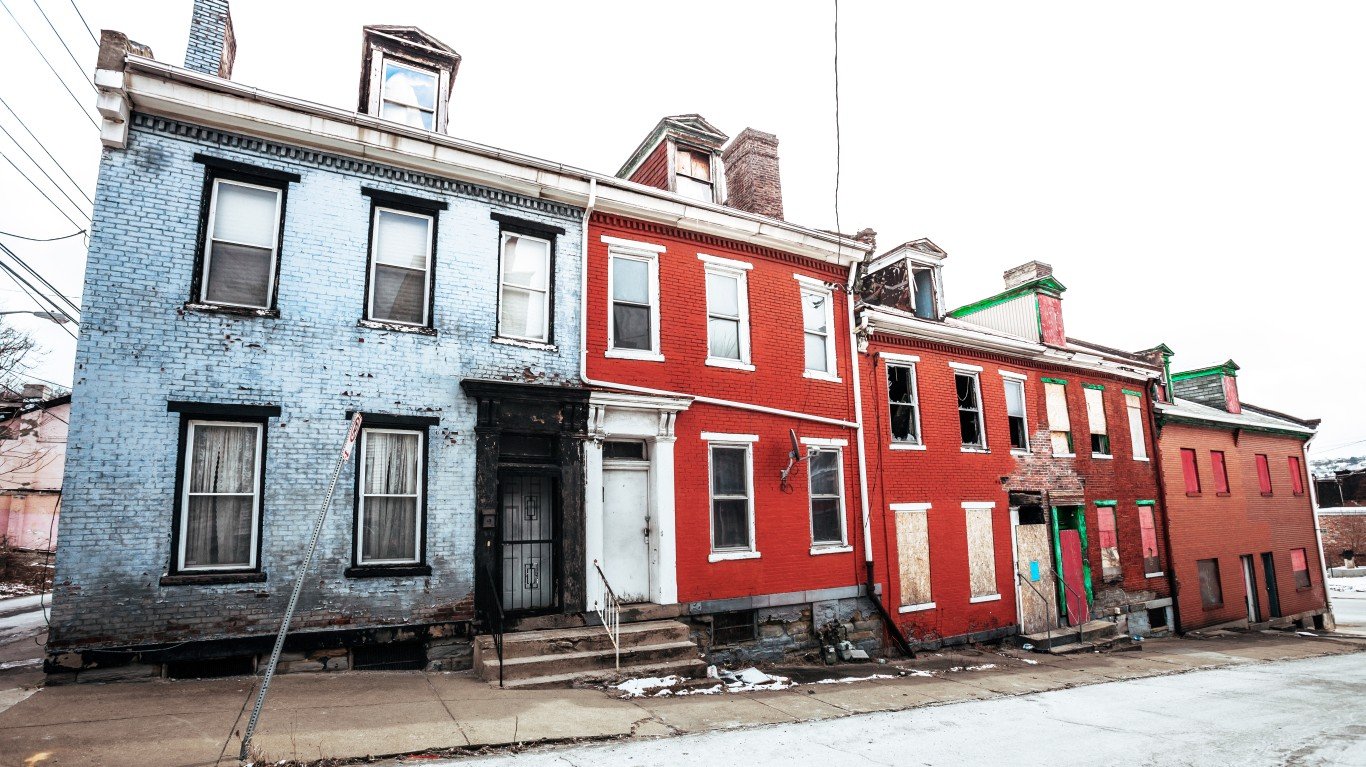
In the first quarter of this year, sales of existing homes on a seasonally adjusted annual rate (SAAR) reached 5.62 million, their highest level in 10 years. If recent projections materialize, existing home sales will top that by the end of this year with a SAAR of 5.64 million, a 3.5% year-over-year increase. Sales are expected to rise an additional 2.8% in 2018 to a SAAR of 5.8 million.
In addition to more sales, prices are projected to rise as well, by an average of around 5% nationally. The projected increase for 2018 is 3.5%.
The data were presented by Lawrence Yun, chief economist for the National Association of Realtors (NAR), at a Friday conference on residential real estate.
Yun said:
The housing market has exceeded expectations ever since the election, despite depressed inventory and higher mortgage rates. The combination of the stock market being at record highs, 16 million new jobs created since 2010, pent-up household formation and rising consumer confidence are giving more households the assurance and ability to purchase a home.
New home construction has been more problematic, according to Yun:
We have been under the 50-year average of single-family housing starts for 10 years now. Limited lots, labor shortages, tight construction lending and higher lumber costs are impeding the building industry’s ability to produce more single-family homes. There’s little doubt first-time buyer participation would improve and the homeownership rate would rise if there was simply more inventory.
Jonathan Spader of Harvard University’s Joint Center for Housing Studies offered mixed news on the nation’s homeownership rate, which has dropped from a peak of 69.2% at the end of 2004 to 63.6% at the end of the first quarter of 2017. Spader expects a homeownership rate of 61% to 65.1% by 2025. He said:
Stagnant household incomes, rising rental costs, student loan debt and limited supply have all contributed to slower purchasing activity. When the homeownership rate stabilizes, there will be an increase in homeowner households. Young and minority households’ ability to reach the market will play a big role in how much the actual rate can rise in coming years.
Mark Calabria, chief economist and assistant to Vice President Mike Pence, talked about prolonged weak productivity and the low labor participation rate, which he characterized as the primary reasons that the current economic expansion is the slowest since the end of World War II. Calabria said:
A strong labor market will drive a strong housing market, but you can’t have a strong housing market without a strong economic foundation. The recovery has been uneven with roughly 70 counties making up roughly half of all job growth.
In addition to housing availability and price, the other big factor in home sales is mortgage loan rates. Yun expects the Federal Reserve to continue hiking rates, resulting in an average mortgage rate of around 4.3% by the end of this year, gradually climbing toward 5% by the end of 2018. Yun concluded:
There was a lot of uncertainty at the start of the year, but a very strong first quarter sets the stage for a modest sales increase compared to last year. However, prices are still rising too fast in many areas and are outpacing incomes. That is why housing starts need to rise to alleviate supply shortages. There will be more sales if there’s a meaningful bump in new and existing inventory.
Sponsored: Attention Savvy Investors: Speak to 3 Financial Experts – FREE
Ever wanted an extra set of eyes on an investment you’re considering? Now you can speak with up to 3 financial experts in your area for FREE. By simply
clicking here you can begin to match with financial professionals who can help guide you through the financial decisions you’re making. And the best part? The first conversation with them is free.
Click here to match with up to 3 financial pros who would be excited to help you make financial decisions.
Thank you for reading! Have some feedback for us?
Contact the 24/7 Wall St. editorial team.



